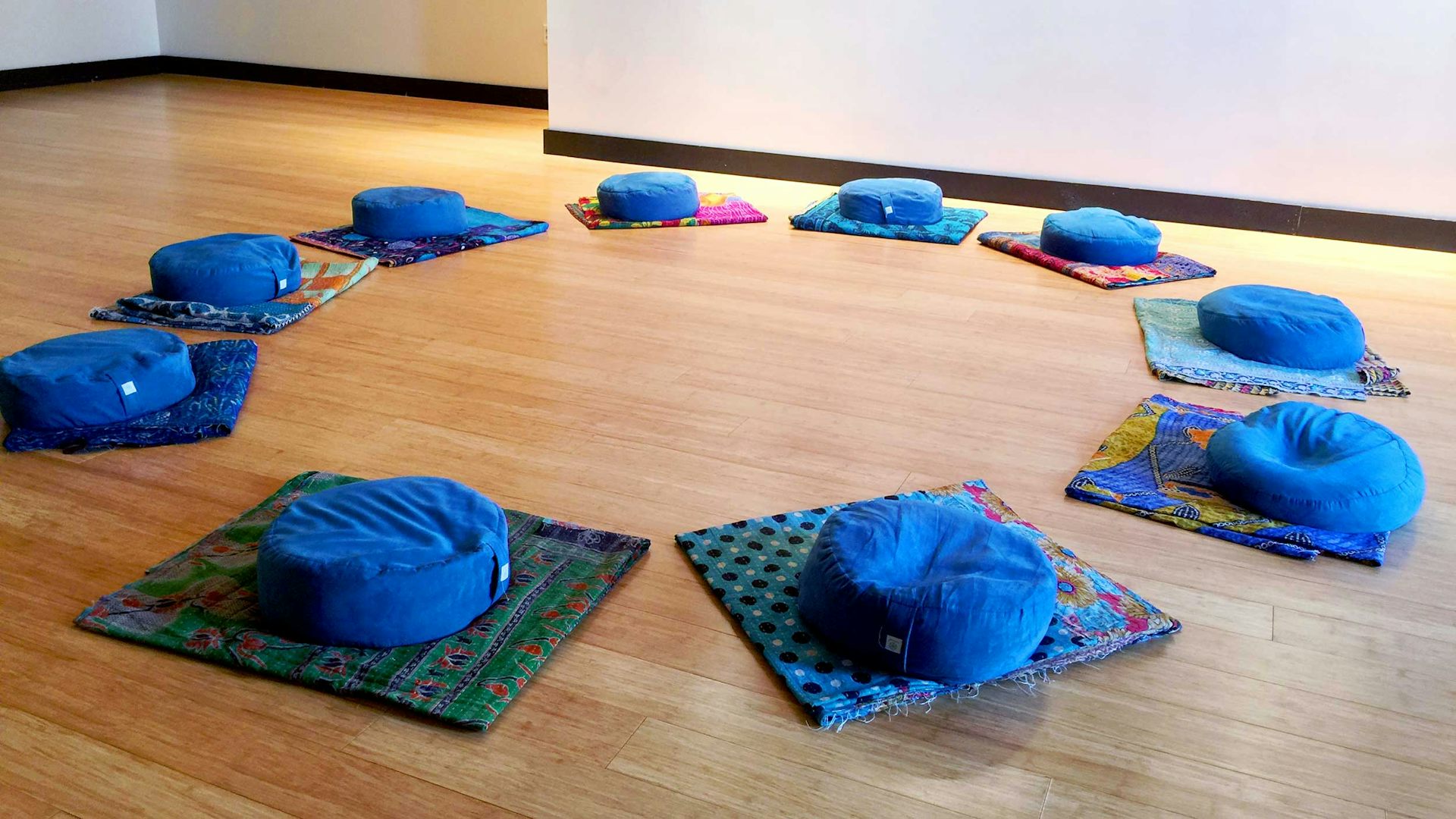Living and aging well with HIV: New strategies and new research
HIV has no boundaries. Men and women in almost every country are affected. Yet strides have been made, so much so that many are able to think of living with AIDS rather than dying from it.

A generation ago, a list of tips for aging well with AIDS would have seemed a cruel joke. It also would have not been useful. Life expectancy immediately following the identification of the virus in 1984 was often months after diagnosis.
Today, however, with World AIDS Day being commemorated for the 30th year, many people with HIV are living as long as the general population.
But while people with HIV are living longer, they are also living with unique challenges regarding how to age well. New evidence suggests that there are indeed several simple but vital strategies that can help increase the likelihood of successful aging.
As a nurse and a scientist, I study effective self-management strategies and have seen what a difference they make to adults aging with HIV.
Aren’t we close to a cure for AIDS?
First, a reminder of the scope of HIV. There are an estimated 36.7 million people who have the virus. Despite the virus having been identified only in 1984, more than 35 million people have died of HIV or AIDS, making it one of the most destructive pandemics in history.
Due to highly effective HIV medications, fewer than 7,000 people died from HIV-related causes in the United States in 2014. That means people living with HIV are aging. In the United States, 45 percent of all people living with HIV today are aged 50 years or older. Worldwide, about 10 percent are 50 or older, a number expected to rise, provided the medications continue to be made available.
Indeed, the past few years we’ve made remarkable progress toward an HIV cure. Building on what we’ve learned from Timothy Ray Brown, the only individual ever known to be cured of HIV, scientists have discovered treatments in very preliminary studies that dramatically reduce the HIV reservoir (cells where HIV accumulates in someone’s body) and that stop all viral activity in infected cells, and they have visualized the last unknown HIV protein structure, which will help us better target the HIV virus.
Further, the “Undetectable Equals Untransmittable” campaign has brought much-needed public awareness to the fact that people infected with HIV who are virally suppressed through medication cannot sexually transmit the virus.
Yet, despite all of this hard-earned progress, many scientists believe we are still decades away from a true HIV cure. While this important work continues, over 36 million people infected with HIV will continue to age and will seek out accessible strategies that enable them to live their lives to the fullest extent.
Why aging with AIDS is difficult
Aging isn’t easy for any of us. Our bodies aren’t quite as fast as they used to be, recovery time is longer and we have a few more aches than when we were younger.
So is it actually harder for people living with HIV to age well? Research shows that it is. Specifically, they experience:
Increased likelihood of living with more than one adverse health condition at once (multimorbidity), including hepatitis C, hypertension, cognitive dysfunction and frailty.
Stigma both from HIV infection and from aging. Negative stereotypes of aging, including viewing older people as needy, senile and less useful than younger people, persist and can be added to the negative stereotypes and overt discrimination of HIV infection. Stigmas can lead to increased symptoms and decreased quality of life. We can all help reduce these negative stereotypes by learning the facts about HIV and aging, respecting this population, and fostering hope and empowerment among aging adults with HIV.
Increased burden of symptoms, such as fatigue, pain and depression, perhaps worse in HIV-positive women. This negatively influences everything from daily functioning to employment to quality of life.
Focus on HIV-related health issues at the expense of non-HIV-related health promotion and disease prevention.
In the present: Live well
There is no magic bullet for aging well, no matter your health status. Everyone needs to take their medications as prescribed, get a good night’s sleep, manage stress and see a health care provider regularly. However, there is new evidence that suggests that three promising, nonpharmacological strategies can help adults with HIV.
Increasing the amount, intensity and frequency of physical activity. In HIV-positive adults, physical activity can improve cardiovascular health, can reduce distressing symptoms such as fatigue, and may improve cognitive functioning. In the general population, it reduces all types of chronic health conditions, including hypertension, diabetes and depression, but its effect on these conditions in aging adults with HIV has not yet been tested in a large clinical trial. Yet, we also know that most HIV-positive adults do not engage in regular, intense physical activity.
Eating a nutritious, balanced diet can reduce chronic health conditions and may reduce symptom burden, but there has been less research on this since HIV became a chronic disease. What we do know is that limiting alcohol consumption is a critical part of the aging, HIV-positive person’s diet.
Positive social interactions can improve HIV treatment adherence and aspects of quality of life and can reduce symptom burden. While researchers aren’t sure which types of interactions are the best, there is increasing evidence that regular, formal, paid employment can be beneficial. My research team also reported that volunteerism, activism and being involved in a spiritual community can also be sources of helpful social interactions.

Yet these strategies can be hard to engage in, particularly for a historically marginalized population that is dealing with aging for the first time. Several investigators, including my team, are studying new ways to help this aging population.
Over the past three years, my research team conducted a clinical trial with 109 HIV-positive adults to see if a group-based intervention improved exercise and healthy eating. In November, at the American Heart Association Scientific Sessions, we reported that our behavioral intervention reduced carbohydrate intake, specifically the consumption of sugar-sweetened beverages. However, we failed to improve physical activity in aging adults with HIV. Recently, others have reported that their interventions also did not increase physical activity, and suggest that a new, personalized approach to initiating and maintaining physical activity in this population is needed.
Breakthroughs in this area can lead to new treatment strategies to help not only HIV-positive adults age well, but also others who are living with complex chronic conditions.
So while we focus on curing HIV, we must also recognize that a cure is likely several decades away. In the meantime, millions of people struggle to age well with HIV. Our HIV-positive brothers and sisters have shown incredible resiliency over the past 36 years. Together, we undoubtedly will find innovative and personalized strategies to overcome these struggles.
Allison Webel receives funding from the American Heart Association, Midwest Nursing Research Society and the National Institutes of Health. She also consults for the Association of Nurses in AIDS Care and receives royalties from her book " Living a Healthy Life with HIV".
Read These Next
Oldest known cremation in Africa poses 9,500-year-old mystery about Stone Age hunter-gatherers
An ancient cremation would have been a community spectacle in a place returned to and reignited over…
West Coast levee failures show growing risks from America’s aging flood defenses
Levees protect more than 7 million buildings in the US today, yet they got a D-plus grade in 2025. A…
LA fires showed how much neighborliness matters for wildfire safety – schools can do much more to te
Managing fire risk is about more than regulations and rules. It’s also about caring for neighbors…






